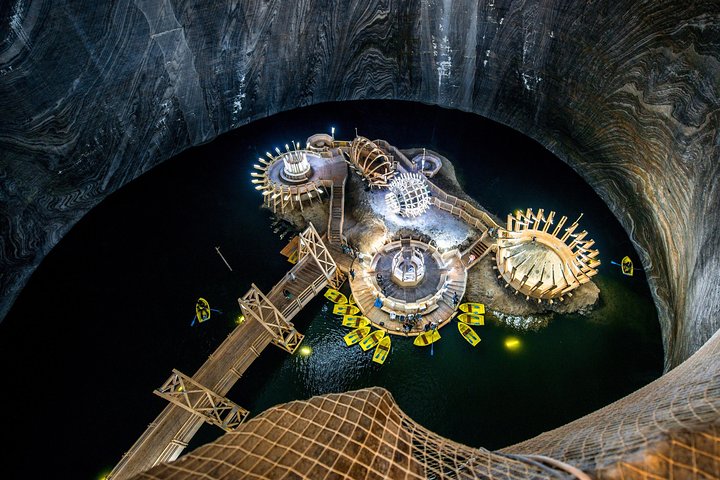This tour will allow the tourists to see one of the most stunning places anywhere on or IN the planet.
With over 2, 000 years of history, highly preserved galleries and a futuristic underground attraction, Saltmine Turda is the largest salt mine museum in the world, and easily the most incredible.






